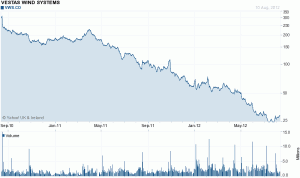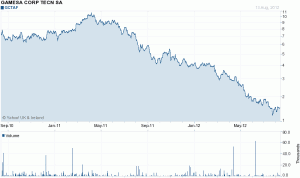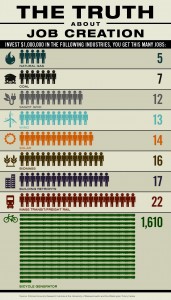Washington State Finds the High Cost of the Precautionary Principle
One of the favored approaches used by the environmental community to put their thumb on the scales is the appeal to the “precautionary principle” which argues that in the absence of clear science, regulators should err on the side of “precaution” by banning whatever environmentalists fear, from chemical compounds to environmental practices. The problem, of course, is that taking action without understanding the potential impacts often creates more risk than it avoids. The latest example comes from Washington state.
After numerous scares about the impact of a vaccine preservative called thimerosal, including the claim it caused autism, Washington state put limits on its use. Those concerns turned out not only to be false but fraudulent. That realization, however, didn’t cause the legislature to change the law.
Now those limits are being waived in the face of a serious flu epidemic that has created a shortage of vaccines. In its statement, the Washington State Department of Health explained those limits contributed to the shortage.
Department of Health director Mary Selecky explained that Washington state law limits the amount of thimerosal “as a precaution.” What is the result of that precaution? Selecky’s agency goes on to explain:
Increased demand and disease has led to thimerosal-free flu vaccine being especially limited. This could stop children younger than three and pregnant women who want the vaccine from getting it. Suspending the thimerosal limits law removes barriers so people can choose to be protected against influenza. Pregnant women and children under three are at high risk for serious complications if they get the flu. Providers and patients now have the opportunity to use other types of flu vaccine instead of not vaccinating at all.
In other words, the limits on thimerosal contributed to a situation where those most at risk from influenza could not receive the necessary vaccination. Politicians in Olympia passed a law that created more risk than it avoided because it ignored the science in favor of a purely emotional precautionary standard.
What have state legislators learned from this experience? Sadly, not much.
State Senator Marilyn Chase recently introduced legislation that would expand the “precautionary” standard to all environmental policy. SB 5255 would allow state agencies to take action even when the science is not available. The bill says:
…it is the intent of this act that all agencies should implement environmental quality and public health policies through a precautionary approach, meaning that where there are threats of serious or irreversible damage to human health or to the environment, the lack of full scientific certainty about cause and effect may not be viewed as sufficient reason for the state to postpone cost-effective measures to prevent the damage.
The clear intent of the legislation is to put politics ahead of science. If science can’t deliver a clear answer, politics will. Of course there is no standard for precaution, so any time a regulator decides there isn’t enough evidence, he or she can simply decide to take an action in the name of precaution.
Substituting the amorphous standard of precaution for science and ignoring the consequences of “precautionary” regulation in favor of feared, but unsubstantiated, impacts is why President Obama’s first regulatory czar called the precautionary principle “literally incoherent.”
Advocates of the precautionary principle say it codifies the simple maxim of “better safe than sorry.” Sadly, the results of the principle’s application show that ignoring science too often results in reducing safety and increasing sorrow.






